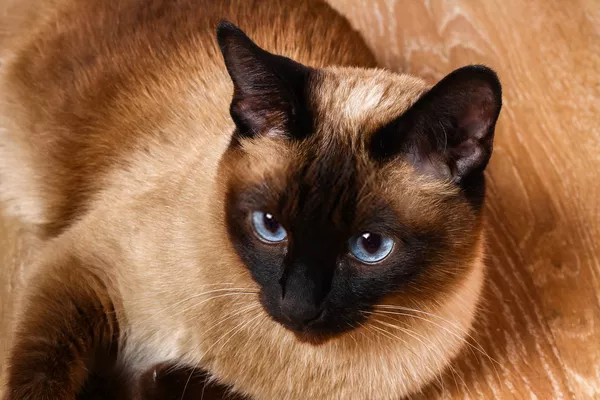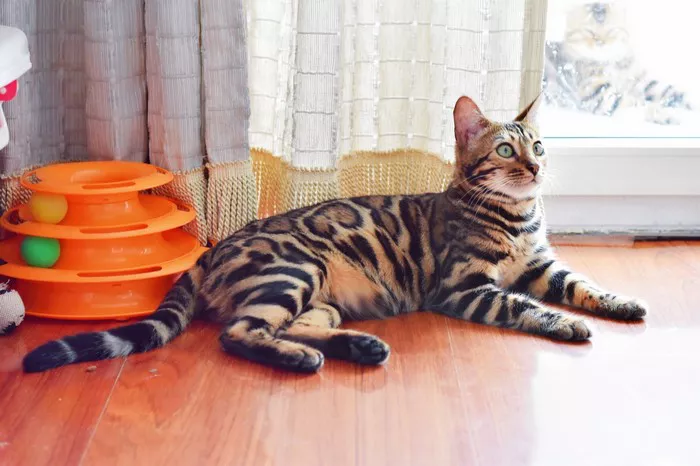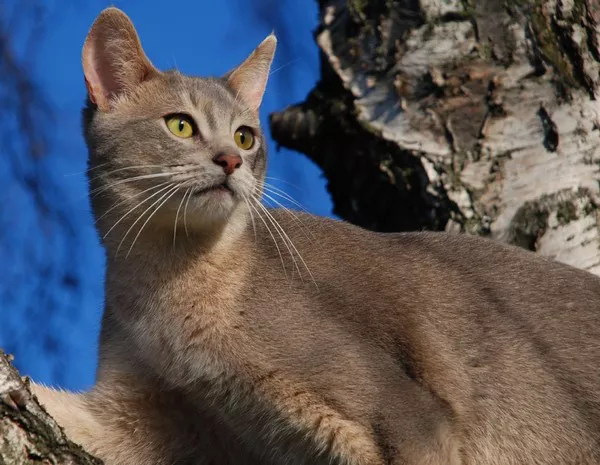Siamese cats are known for their striking blue almond-shaped eyes, sleek coat, and distinctive vocalizations. While these feline companions are often adored for their elegance and playfulness, some Siamese cats exhibit a unique characteristic—they may not enjoy being held or cuddled. This behavior can leave cat owners perplexed and wondering why their Siamese feline prefers to maintain their personal space. In this article, we delve into the reasons behind a Siamese cat’s aloofness and explore strategies to build a stronger bond with your feline friend.
1. The Nature of Siamese Cats:
Siamese cats have a reputation for being independent, intelligent, and active. They possess a strong sense of curiosity and prefer exploring their surroundings rather than being confined to someone’s lap. This innate nature may contribute to their resistance to being held as they value their freedom and autonomy.
2. Sensory Sensitivity:
Siamese cats possess highly sensitive natures, both physically and emotionally. Their breed is known for having thinner coats, making them more susceptible to changes in temperature and touch sensitivity. Being held tightly can be uncomfortable for them, especially if pressure is applied to sensitive areas like their abdomen or tail. Some Siamese cats may also dislike the feeling of their paws being restricted when held.
3. Socialization and Early Experiences:
Early socialization plays a crucial role in shaping a cat’s behavior. Siamese cats that were not properly socialized during their formative weeks may develop fear or anxiety towards being held. Negative experiences such as mishandling or rough treatment during this period can impact a Siamese cat‘s trust in humans and create aversions to physical contact.
4. Breed-Specific Personality Traits:
The Siamese breed is renowned for its strong-willed and vocal nature. These cats are known to be more demanding of attention, but on their own terms. Unlike some other breeds that are naturally affectionate and seek physical contact, Siamese cats may prefer interactive play sessions or verbal communication over being held. Understanding and respecting their individuality is essential for a harmonious relationship.
5. Respect Boundaries:
It is crucial for cat owners to recognize and respect their Siamese cat’s boundaries when it comes to physical contact. Forcing a Siamese cat into unwanted cuddling or restraining them may trigger feelings of fear and anxiety, straining the bond between the owner and the feline companion. Providing ample space and allowing your Siamese cat to approach you on their terms strengthens trust and encourages positive interactions.
6. Interactive Play and Enrichment:
Engaging your Siamese cat in interactive play sessions can be highly beneficial in forging a stronger bond. Using toys that simulate hunting behaviors, such as wand toys or puzzle feeders, taps into their natural instincts and provides mental stimulation. These activities not only divert their attention from being held but also allow them to expend their energy in a fulfilling way.
7. Positive Reinforcement Training:
By employing positive reinforcement techniques, owners can create positive associations with being handled. Start by rewarding your Siamese cat with treats or praise when they voluntarily approach or allow gentle touches. Gradually increase the duration of these interactions while ensuring your cat remains comfortable and receptive. Patience and consistency are key to successfully acclimating your Siamese cat to being held.
8. Creating Safe Spaces:
Siamese cats thrive in environments that provide them with designated safe spaces where they can retreat and relax. By providing cozy hiding spots, elevated perches, or dedicated rooms, you give your cat the opportunity to feel secure and in control of their surroundings. When your Siamese cat feels calm and secure, they may be more open to occasional cuddles or lap time.
9. Seeking Veterinary Advice:
If your Siamese cat’s aversion to being held is sudden and uncharacteristic, it is advisable to consult with a veterinarian. Cats may exhibit changes in behavior due to underlying health issues or discomfort. A comprehensive examination can help rule out any medical conditions contributing to their avoidance of physical contact.
Conclusion:
Understanding why your Siamese cat does not enjoy being held is crucial for building a positive and harmonious relationship. Respect their independent nature, provide interactive play opportunities, and reinforce positive associations with gentle touch. By creating a safe and engaging environment, you can foster trust and strengthen the bond between you and your Siamese companion. Remember, every cat is unique, and it is essential to appreciate and embrace your Siamese cat’s individuality.


























